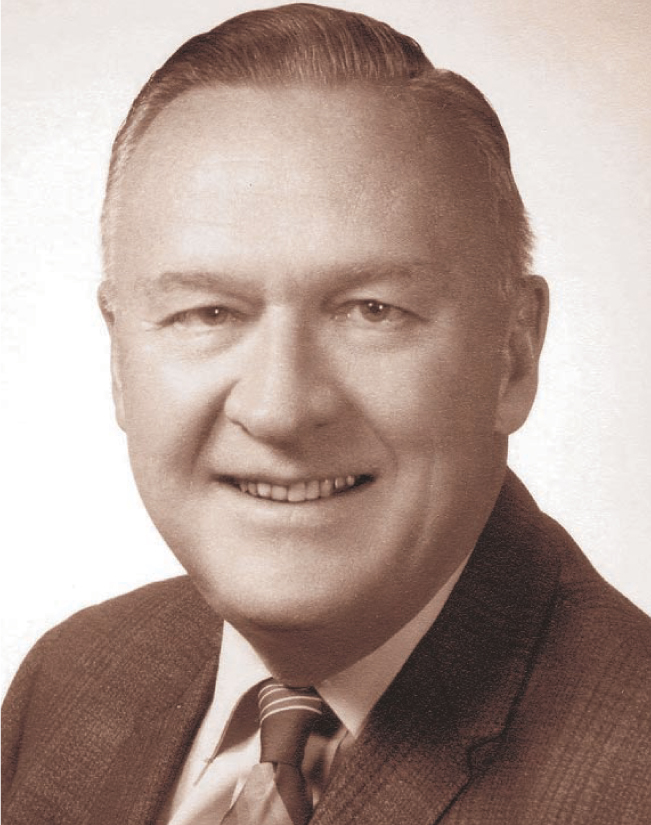Hugh Campbell Paxton
DOI: 10.1063/1.1878350
Hugh Campbell Paxton, who made pioneering contributions in experimental criticality and the specialty of criticality safety, died on 25 December 2003 in Albuquerque, New Mexico.
Born in Los Angeles on 29 April 1909, Hugh attended UCLA, where he studied physics and earned an AB degree in 1930. During the early 1930s, he worked in the development division of the Bell Telephone Laboratories in California. He began graduate studies at the University of California, Berkeley, in 1932 and received his PhD in physics in 1937 under the direction of Ernest Lawrence.
That same year, he joined Frédéric Joliot at the Laboratory of Nuclear Chemistry of the Collège de France in Paris and began work to design and build a cyclotron. However, his planned two-year stay was cut short in 1938, when he and his wife were advised to return to the US because of the perceived threat of war. For the next four years, Hugh was an instructor in physics at Columbia University in New York City and continued his work in nuclear physics. He shifted to wartime activity in gaseous diffusion technology at Columbia’s Substitute Alloy Materials Laboratory and at the Oak Ridge Gaseous Diffusion Plant in Oak Ridge, Tennessee. Peacetime found him engaged in precision casting development at the Sharples Research Laboratories in Philadelphia.
In 1948, Hugh became leader of the criticality group at the Los Alamos Scientific Laboratory when the science of criticality was just beginning and the safety of operations with fissionable materials was not yet formalized. He and Dixon Callihan of Oak Ridge Laboratory organized and systematized the existing data in a series of Atomic Energy Commission, Los Alamos, and Oak Ridge documents. Those data provided a foundation for conducting experiments and calculational studies, whose results were the basis for safety in operations of fissionable materials.
Some especially important experiments carried out under Hugh’s direction established the bare and reflected metallic critical masses of plutonium-239 and highly enriched uranium-235. Further experiments at Los Alamos with various assemblies used to establish the bare critical mass of metallic 235U led to the design of the Godiva Reactor. After the reactor’s reactivity was quickly forced to prompt criticality, it safely provided, within a few microseconds, large bursts of neutrons. In the late 1950s, the program to find how to apply nuclear energy to rockets was begun. Facilities at Los Alamos provided the critical experiments necessary to design the graphite-moderated, hydrogencooled propulsion units. That program was terminated before operational rockets were achieved.
Under Hugh’s leadership of the criticality group, the experimental facility, designated Technical Area 18, in Pajarito Canyon, New Mexico, became world famous. During Hugh’s tenure, no criticality experiment harmed any person—a remarkable record considering the number of experimental assemblies that have achieved criticality.
Hugh provided criticality and safety advice to the government on a number of occasions. He was active in the American Nuclear Society and associated organizations. A member of numerous and various committees, he also served on the board of directors of the American Nuclear Society (1966–69). Hugh retired from Los Alamos in 1976 and moved with his wife to Albuquerque in 2001.
Hugh’s interests ranged from his work with colleagues in the field of nuclear physics to bird watching, excursions with friends, observations of wildlife, writing, photography, and treasured reunions with his brothers and sister and their extended families.

Hugh Campbell Paxton

More about the Authors
Norman L. Pruvost. Los Alamos National Laboratory, Los Alamos, New Mexico, US .
William R. Stratton. Los Alamos National Laboratory, Los Alamos, New Mexico, US .




